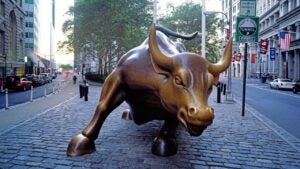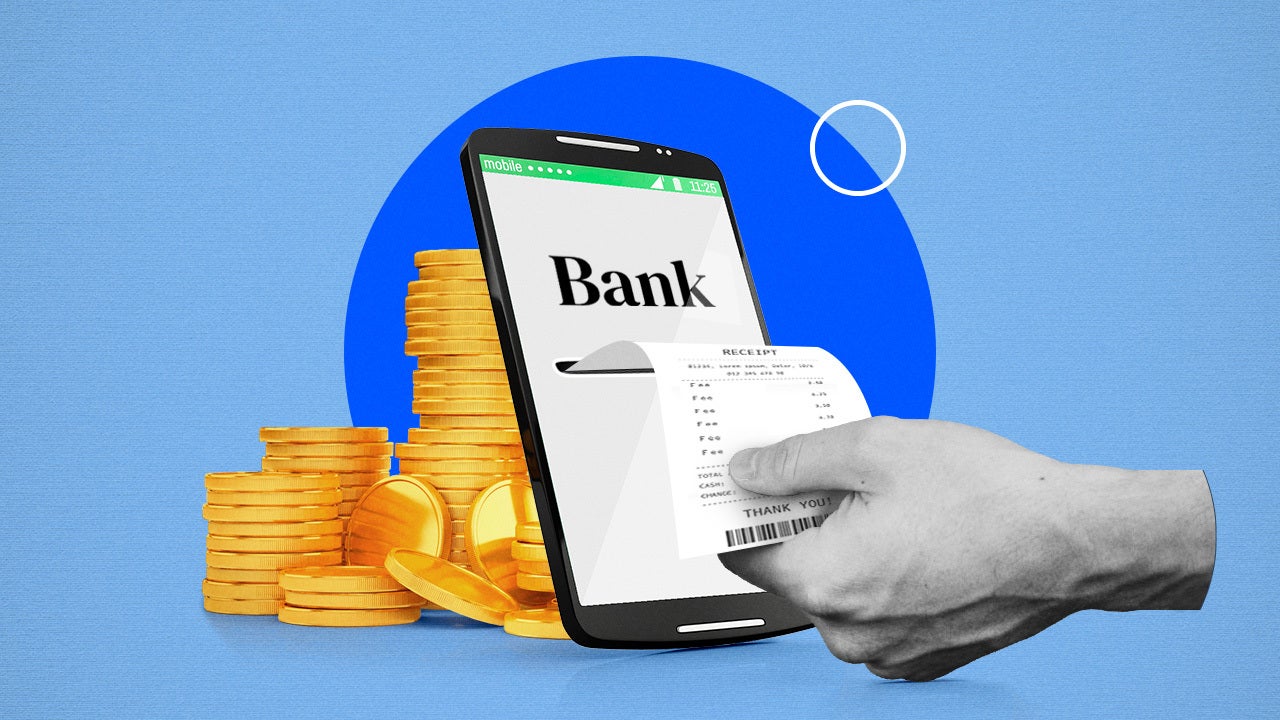Survey: Nearly half of economists say U.S. economy still faces considerable downside risks over next year
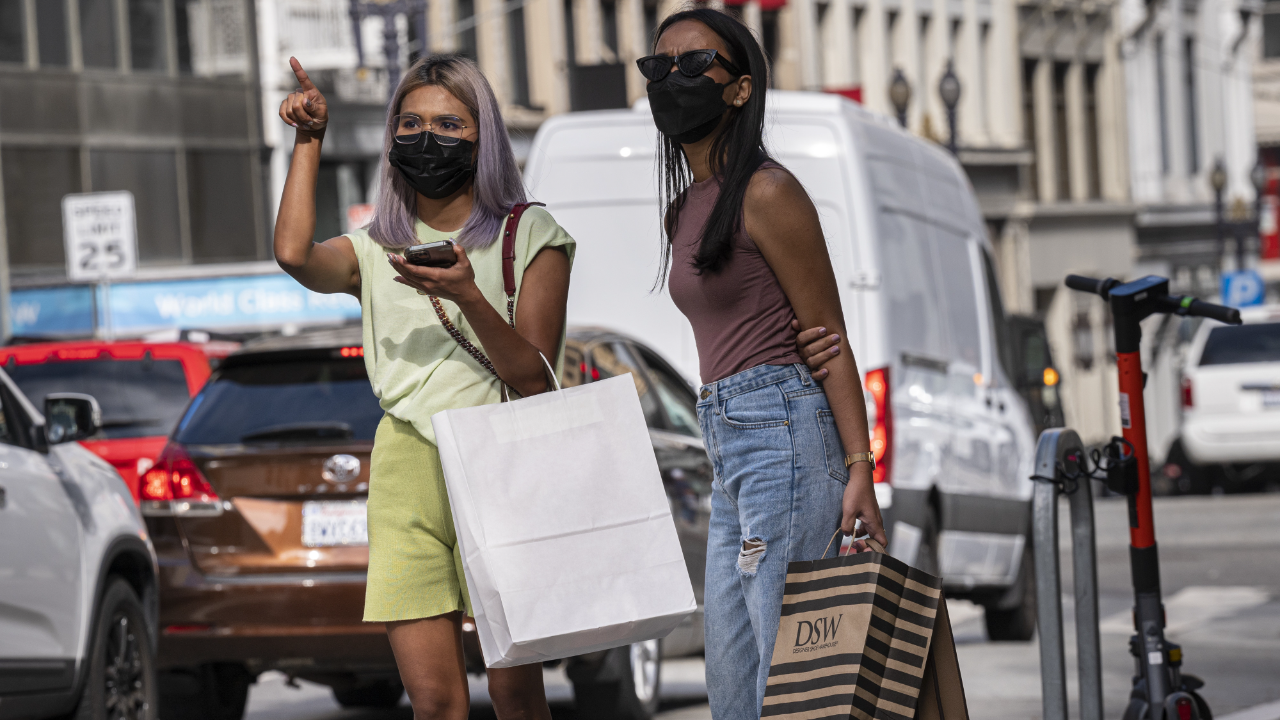
Times aren’t as tough as they were one year ago during the worst of the coronavirus pandemic, but economists still have a list of worries on their mind — from political division and a growth slowdown to the ongoing coronavirus pandemic.
Over the next 12 to 18 months, risks facing the U.S. economy are tilted toward the downside, according to nearly half (or 47 percent) of economists polled for Bankrate’s Third-Quarter Economic Indicator survey. That was the largest cluster of respondents, with 26 percent seeing risks as tilted toward the upside and another 26 percent judging that risks were evenly balanced.
“It is interesting that many of the experts express concern about the potential for negative developments, including those which would be essentially ‘manmade,’ either in the sense of an ineffective response to the still-present COVID-19 pandemic or a policy mistake among elected officials in Washington,” says Mark Hamrick, Bankrate senior economic analyst and Washington bureau chief. “The so-called conventional wisdom held in some camps is that the government should stay out of the way. But many of the economists are concerned that our polarized politics have created risks that should be of concern for all Americans.”
This article is the fourth in a four-part series analyzing findings from Bankrate’s Third-Quarter Economic Indicator poll. We asked experts where they see the job market, unemployment, the Federal Reserve, the 10-year Treasury yield and inflation heading over the next 12 months. We also polled experts on the balance of risks facing the U.S. economy and what’s currently keeping them up at night.
The balance of risks facing the U.S. economy
It’s not as if the best times are already behind the U.S. economy in its rebound from the pandemic. Driven by the economy’s reopening and elevated savings rates thanks to stimulus checks and unemployment benefits, experts predict that the financial system in 2021 will grow at its fastest rate in nearly four decades.
“The $1.5 trillion in excess savings from stimulus and personal savings will keep consumer spending strong, which is 70 percent of the economy,” says Robert Frick, corporate economist at Navy Federal Credit Union. “And while the employment situation may not improve as strongly as forecasted, wages and salaries overall will keep increasing, adding more to consumer spending power.”
The ultimate question, however, is how much that pace can be sustained. This year’s big boom was mostly related to massive fiscal stimulus meant to help hard-hit businesses and Americans make it through the crisis. But as that aid wears off and the economy comes down from its sugar-high, the financial system is bound to return to more normal levels of growth.
Officials at the Federal Reserve see the economy growing at a robust 5.9 percent in 2021 (though they downgraded that forecast from 7 percent in June), then slowing to a more modest pace of 3.8 percent in 2022 and 2.5 percent in 2023.
Economists in Bankrate’s poll cited soaring inflation, lagging labor force participation rates, political tension, supply chain issues and vaccine-resistant virus variants as the most prominent causes for concern over the next year and a half. Adding to the reasons to be positive about the outlook were ongoing vaccinations against the coronavirus and a recovering global economy.
“The economy will remain in recovery mode,” says Bernard Markstein, president and chief economist at Markstein Advisors. “The main question is how fast that will occur and how long it will take for the economy to return to its pre-pandemic, long-term growth path.”
From ‘destructive policies’ out of D.C. to sharp market corrections, here’s what’s keeping the nation’s top economists up at night

If inflation continues to run hotter than anticipated, at some point, I worry that inflation expectations will jump, and this will be reflected in significantly higher long-term interest rates. While I’m not worried about [the return of a] 1970s level of inflation, there is a real risk of persistently higher inflation taking hold once again.— Mike Fratantoni, chief economist, Mortgage Bankers Association
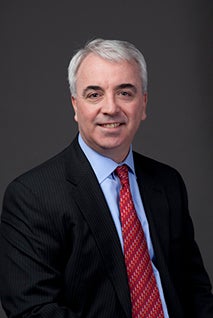
Political dysfunction and extreme partisanship are destroying the ability to develop and implement coherent policies.— Bob Hughes, senior research fellow, American Institute for Economic Research
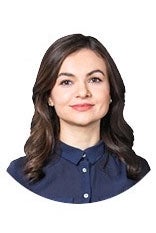
The lack of mass vaccinations in the developed world due to vaccine hesitancy and in the developing world due to lack of available vaccines. The pandemic is not over yet and mass outbreaks will continue to lead to new variants to appear and delay the overall global economic recovery.— Yelena Maleyev, economist, Grant Thornton
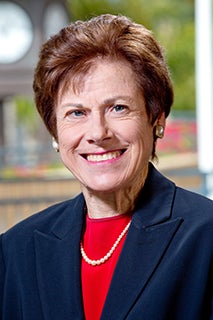
Covid-19 has become our primary economic enemy and viruses remain at the top of my worry list. A new mutual resistant to vaccines or an entirely new virus could pummel the economy once again, crushing consumer spending and shuttering businesses. Confidence in the long-term future could be severely damaged.— Lynn Reaser, chief economist, Point Loma Nazarene University
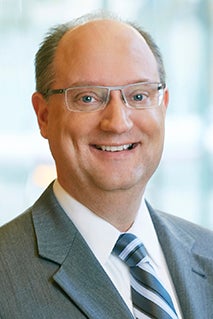
Reducing monetary accommodation without triggering a sharp financial correction in equity and bond markets.— Scott Anderson, chief economist, Bank of the West/BNP Paribas Group

The sustainability of recovery past the rebound from pandemic-related hits is what worries me. Both the pandemic and the gradual rotation back are structural shocks to the economy. Adjustment to the former was aided by trillions of dollars of federal aid. There does not seem to be significant help forthcoming to help the economy adjust back.— Dan Manaenkov, head of national forecasting, University of Michigan
Methodology
The Third-Quarter 2021 Bankrate Economic Indicator Survey of economists was conducted Sept. 20-28. Survey requests were emailed to economists nationwide, and responses were submitted voluntarily online. Responding were: Scott Anderson, executive vice president and chief economist, Bank of the West; Scott J. Brown, chief economist, Raymond James Financial; Ryan Sweet, director of real-time economics, Moody’s Analytics; Gregory Daco, chief U.S. economist, Oxford Economics; Mike Fratantoni, chief economist, Mortgage Bankers Association; Yelena Maleyev, associate economist, Grant Thornton LLP; Lynn Reaser, chief economist, Point Loma Nazarene University; Odeta Kushi, deputy chief economist, First American Financial Corp.; Robert Frick, corporate economist, Navy Federal Credit Union; Bill Dunkelberg, chief economist, National Federation of Independent Business; Mike Englund, chief economist, Action Economics; Gus Faucher, chief economist, PNC Financial Services Group; Bernard Markstein, president and chief economist of Markstein Advisors; Danielle Hale, chief economist, Realtor.com; Dan Manaenkov, head of national forecasting, University of Michigan; Lawrence Yun, chief economist, National Association of Realtors; Christopher Russo, postgraduate research fellow, Mercatus Center at George Mason University; and Tenpao Lee, professor emeritus, Niagara University.
Why we ask for feedback Your feedback helps us improve our content and services. It takes less than a minute to complete.
Your responses are anonymous and will only be used for improving our website.



